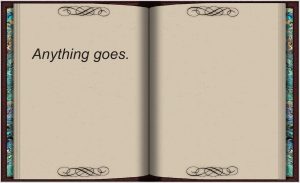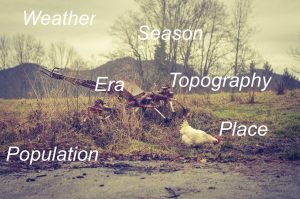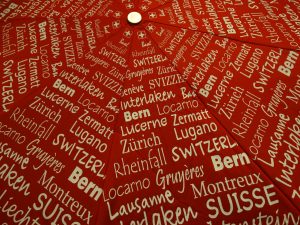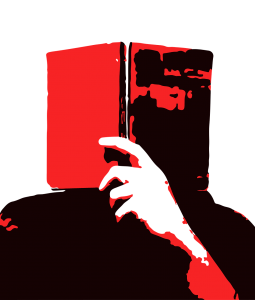First off, remember from Part 1 that setting encompasses such elements as place, time, culture, technology, geography, and weather. Thus, you must decide whether any real setting can work for your story.
Of course, fantasy and sci-fi novels need extensive fictional world building.
Advantages of Real and Fictional Story Settings
Real Settings
- It’s all laid out for you; a good map is a great help.
- Places you know well facilitate writing the setting.
- Your hometown makes research easy; everything’s a car ride away.
- You can choose from many ready-made places to enhance the mood of your story. (For a somber mood, perhaps the rainy Northwest)
- Actual places give readers a sense of authenticity within the fiction.
- Places familiar to readers readily supply them with clear images at the story’s outset. Readers enjoy being transported to places they know.
- Real places can help book sales to people who reside there or to visitors who’ve enjoyed the area.
Fictional Settings
- Anything goes, as long as it makes sense to the reader.
- You can still employ a mix of real-setting features but give them fictional names.
- You don’t have to worry about describing actual landmarks, weather, and geography that don’t live up to readers’ expectations or are wrong.
- You can develop the setting to fit the needs of your story: a local business, characters’ outdoor interests, and the area’s traditions.
Disadvantages of Real and Fictional Settings
Real Settings
• You may offend readers who know or love the place, especially if you make statements they consider derogatory.
• You must get your facts right about all elements of the setting, such as geography, weather, and time period.
• You may expect readers to know renowned places as well as you do and unconsciously leave out descriptions they need.
• You could lose sales if book reviews say you did a poor job of presenting a country, state, city, or town.
• You may spend much time researching accurate details on a small town to satisfy only a tiny portion of your readers.
Fictional Settings
- Developing all the elements of setting can be labor intense.
- You must ensure the setting elements you develop don’t work against other elements in your story. (In an arid spot, you have the criminal bury body parts in lush parks around the town.)
Combination Settings
Both cases require work, either in research or creating the setting. Perhaps employing a combination and using the advantages of both would help with the labor. You could create a fictional setting that is a composite of multiple real places to provide authenticity and the items your story needs. Or you might create a fictional place within a real country or state.
What to consider when deciding between a fictional or real story setting. Click to tweet.
How have you used fiction and reality in developing a book’s setting?














 RSS - Posts
RSS - Posts